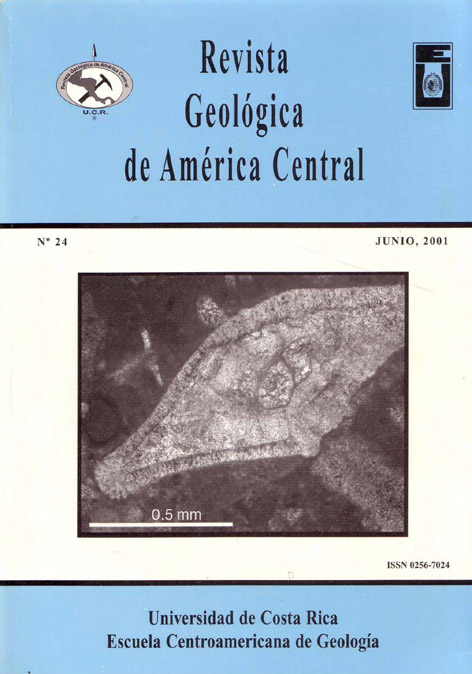Abstract
The eruption of the Laguna Hule explosion crater formed the depression now occupied by LagunaHule (10°17’50” N, 84°12’43”) and two other lakes, and apparently deposited volcanic tephra in nearby Laguna MaríaAguilar (10°18’09” N, 84°11’24”). AMS radiocarbon dates on leaves and small wood fragments in sediment coresfrom Laguna Hule and Laguna María Aguilar confirm and extend the results of prior radiocarbon dating of wood involcanic deposits from the Hule explosion crater and Volcán Congo. Taken together, the new and prior results indi-cate that the Hule maar formed between 2950 and 2471 calibrated (cal.) years B.P. Lake sediments began to accu-mulate near the present northeastern peninsula in Laguna Hule within a few centuries of the formation of the maar.At least twice since the formation of the lake, a volcanic eruption within or near the crater deposited tephra in the lakebasin that was preserved as a thin layer in the lake sediments. This tephra possibly originated from an intramaaricsubsidiary cone. Extrapolating from sedimentation rates calculated from two AMS radiocarbon dates on leaves inHule core sediments suggests that the earlier eruption occurred about 1740 cal. years B.P. and the more recent erup-tion occurred about 670 cal. years B.P.Comments
Downloads
Download data is not yet available.






